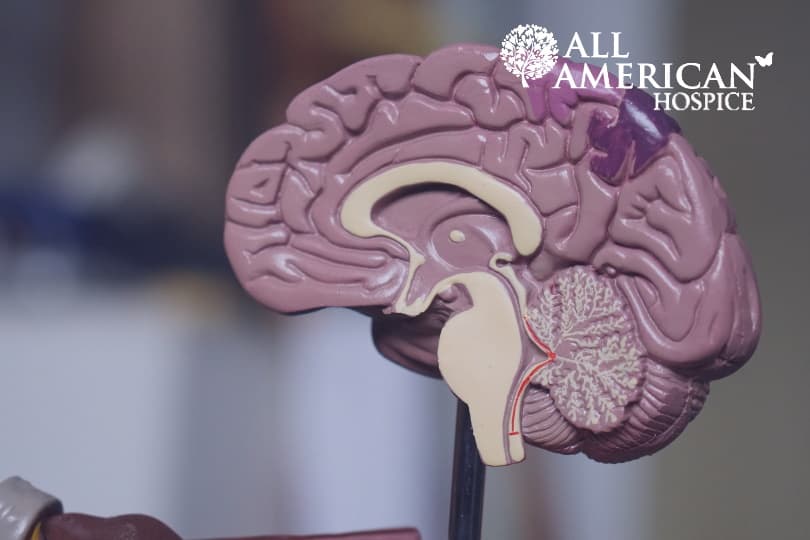Table of Contents

What Causes Brain Cancer?
Today, there are over 700,000 Americans with brain tumors. These tumors are feared and often referred to as brain cancer. So, what’s brain cancer?
Brain cancer is an abnormal overgrowth of cells in the brain, forming tumors. There are over 120 types of brain tumors, and they can be benign (noncancerous) or malignant (cancerous). These tumors can quickly grow, depending on the tumor type, and messes with how you can control your body. How it affects your nervous system will depend on the tumors’ growth rate and their location.
Brain cancer can start from the brain, referred to as primary brain tumors, or from other parts of the body that reached the brain or called metastatic brain tumors. Although brain cancers are rare, they can be life-threatening.
Brain Cancer Causes: What to Look Out For
There is no definitive source of cancer in the brain, but various factors can explain its beginning. Some of them are as follows:
- Family history. Genetic syndromes are a component of acquiring brain tumors. Those who have relatives who fell victim to brain cancer have a higher probability of getting it.
- Age. Any individual in whatever stage of life can have brain tumors, but it’s more prevalent in children and older adults.
- Radiation exposure. Ionizing radiation increases the risk of an individual developing a brain tumor. Unfortunately, this type of radiation can come from radiation therapy used to treat other types of cancers. Another source is atomic bomb exposure.
- Gender. It was discovered that men tend to develop brain cancer more than women, except for meninges.
- Demographics. White people are also most likely to have brain cancer than other demographics such as Black or Asian people.
Types of Brain Cancer in Adults
Secondary or metastatic brain tumors are more common in adults. Some of the adult brain tumor types include:
- Glioblastoma (GBM)
- Astrocytoma
- Acoustic neuroma
- CNS lymphoma
- Pituitary adenoma
- Unspecified glioma
- Meningioma
- Oligodendroglioma
- Hemangioblastoma
Brain Cancer Treatment Options
Treatments available for brain cancer depend on what brain tumor you have, their size, growth rate, and location. Other factors to consider are:
- Vital parts of the brain the tumor might affect
- Possible side effects of the treatment
- Patient’s condition and health
- Patient’s request and preference
- Surgery. This process includes removing the tumor on the patient’s brain in its entirety, if possible. If not, the surgeon will at least try and get the bulk of the tumor. The general procedure is called a craniotomy and is done when the patient is under general anesthetic.
- Radiation Therapy. A procedure that takes advantage of external high-energy beams in the form of protons and X-rays. Radiation therapy is used to kill tumor cells by focusing on an area of the brain or as a whole. Internal radiation (brachytherapy) is also available in rare cases.
- Radiosurgery. Also called stereotactic radiosurgery, this method takes a highly focused form of radiation to kill tumors in a specific area.
- Chemotherapy. Drugs are used in this strategy, either taken orally or through injection, and will be based on the type of tumor. Side effects of chemotherapy vary depending on dosage and type of drug utilized.
- Targeted Therapy. As its name suggests, targeted therapy are drugs used to target specific abnormalities of the cancer cells in hopes of blocking and killing them. Targeted therapy drugs are available depending on the type of brain tumor. There are many ongoing clinical trials and research about this option.
Contact All American Hospice Today
If you or a loved one is going through the hardships caused by brain cancer, don’t hesitate to reach out to us. Our experts can give you the proper support you need at this specific time of your life.

 215-322-5256
215-322-5256
Comments are closed.